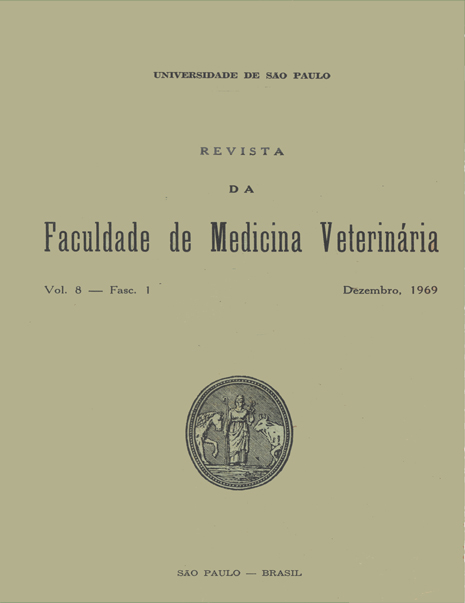Interpretação radiológica nas alterações do aparelho digestivo nas espécies canina e felina
DOI:
https://doi.org/10.11606/issn.2318-5066.v8i1p337-357Palavras-chave:
O artigo não apresenta palavras-chave.Resumo
O artigo apresenta resumo em inglês.Downloads
Os dados de download ainda não estão disponíveis.
Downloads
Publicado
1969-12-15
Edição
Seção
NÃO DEFINIDA
Como Citar
Interpretação radiológica nas alterações do aparelho digestivo nas espécies canina e felina. (1969). Revista Da Faculdade De Medicina Veterinária, Universidade De São Paulo, 8(1), 337-357. https://doi.org/10.11606/issn.2318-5066.v8i1p337-357


